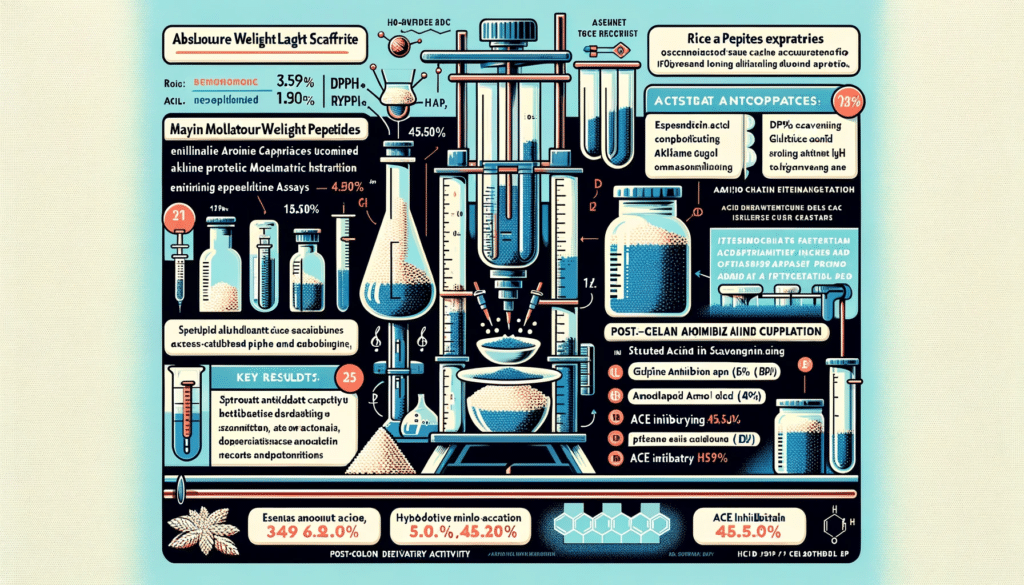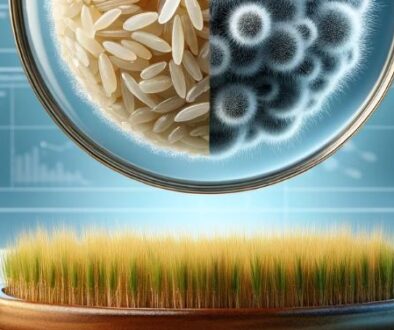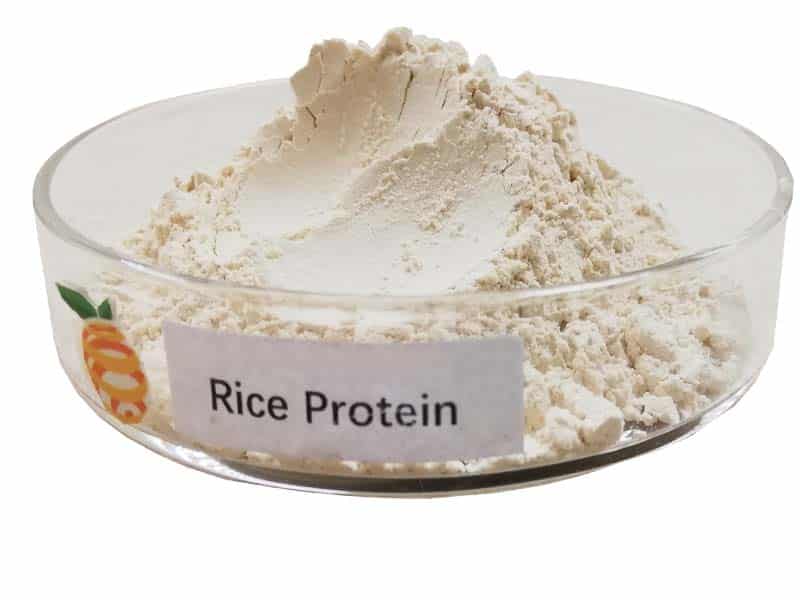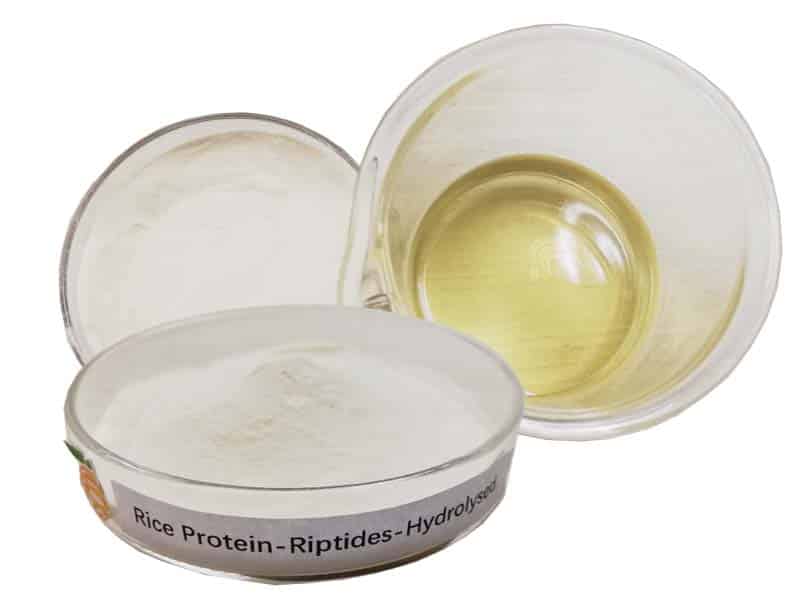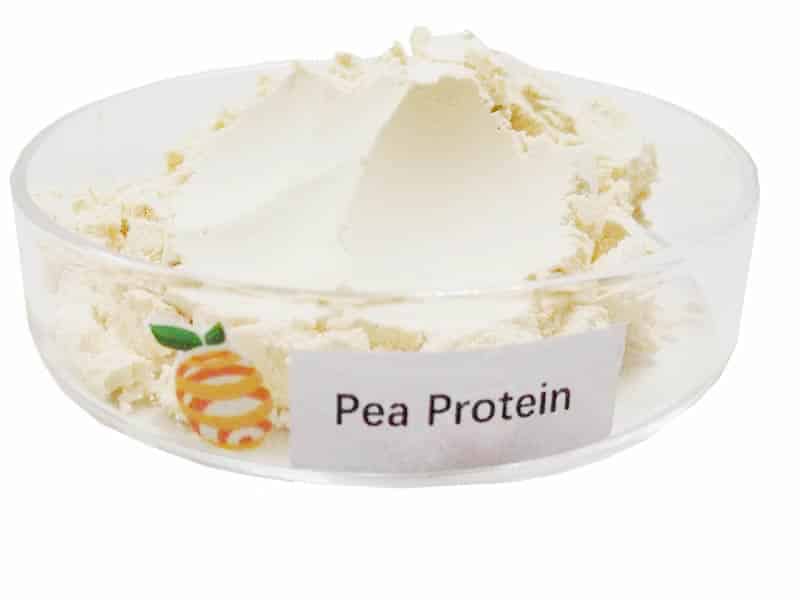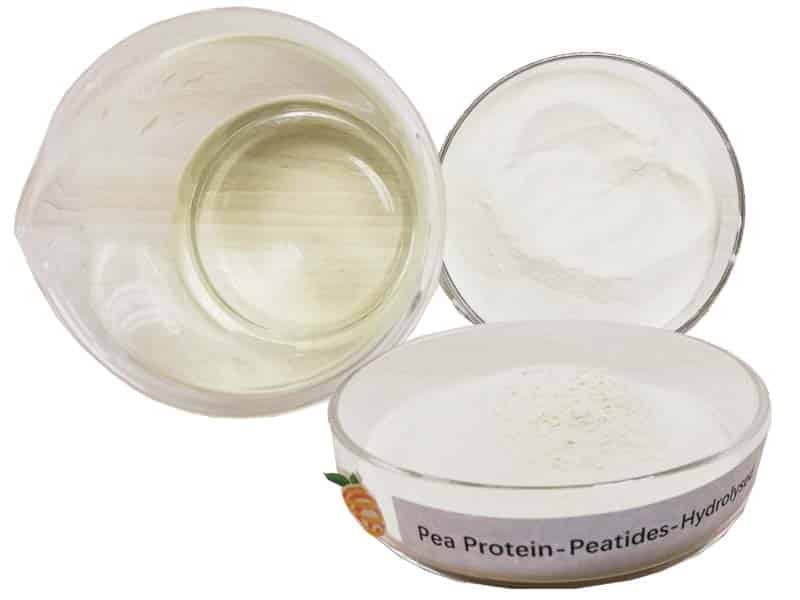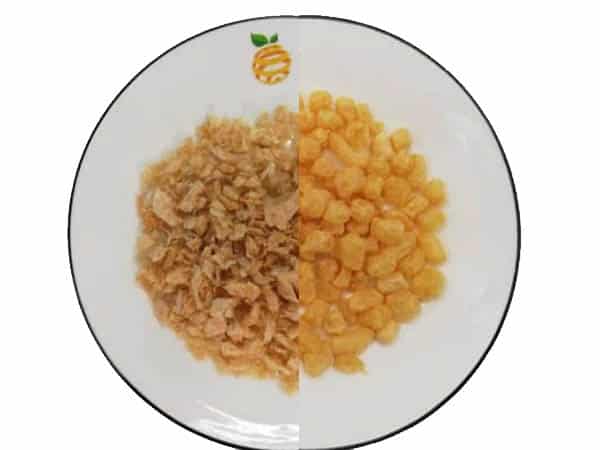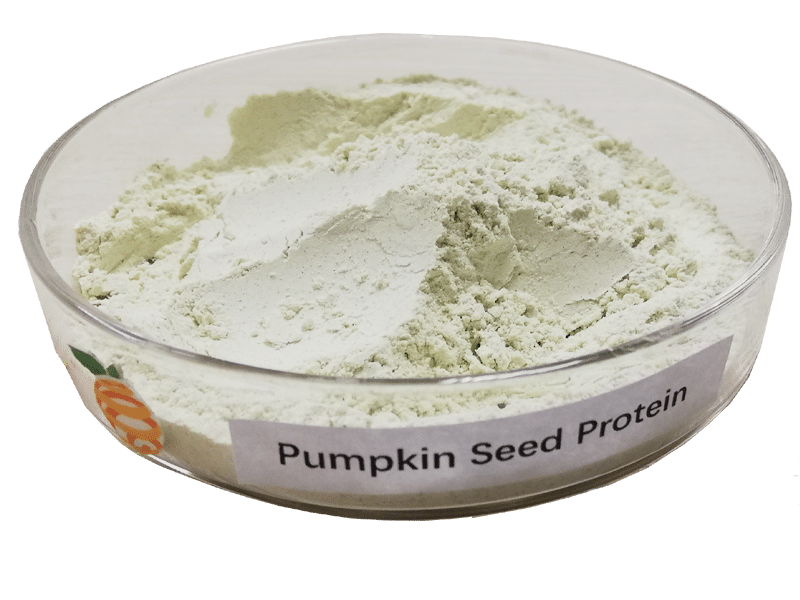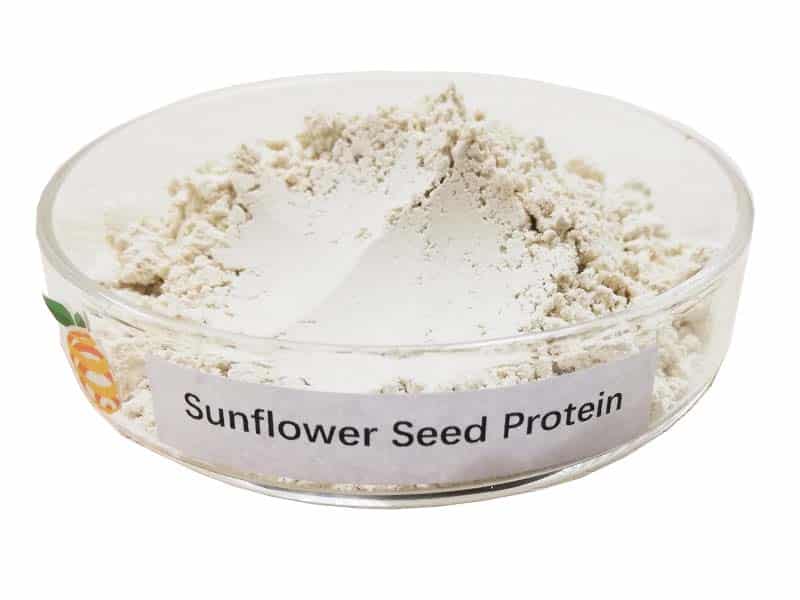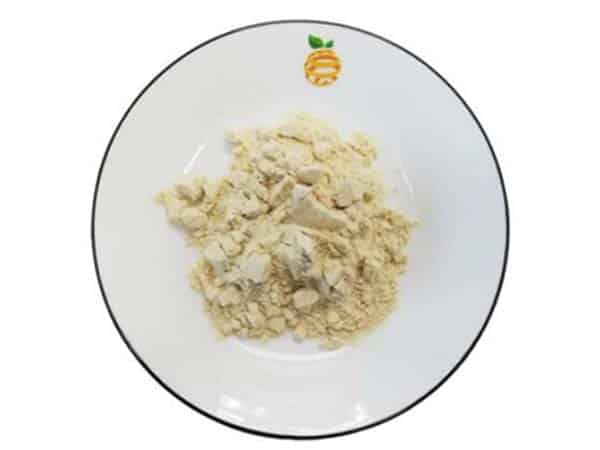Absolute molecular weight, amino acid composition and in vitro activity of rice peptides
Study on rice peptides: molecular weight, amino acid composition, antioxidant, and ACE inhibitory activities for health benefits.
Abstract
This study focuses on rice peptides derived from rice, exploring their absolute molecular weight, amino acid composition, and in vitro activity. Rice peptides were obtained through stepwise enzymatic hydrolysis using alkaline protease and trypsin from rice protein. The absolute molecular weight distribution of rice peptides was determined using multi-angle laser light scattering (MALLS) combined with high-performance gel permeation chromatography. The amino acid composition of rice peptides was measured using post-column derivatization high-performance liquid chromatography (HPLC). The antioxidant capacity was evaluated by the DPPH radical scavenging method and oxygen radical absorbance capacity (ORAC) assay, while the inhibitory activity against angiotensin-converting enzyme (ACE) was assessed using HPLC. The results indicated that the absolute molecular weight of rice peptides primarily ranged from 549 to 1158 Daltons. The peptides were rich in amino acid composition, with essential amino acids accounting for 35.610% and hydrophobic amino acids accounting for 45.200%. Glutamic acid was the most abundant amino acid, comprising 16.100% of the total. Rice peptides exhibited strong antioxidant capacities, with an IC50 value of 1.170mg/mL for DPPH radical scavenging and an ORAC value of 1568.006μmol Trolox/g. Additionally, rice peptides also demonstrated high ACE inhibitory activity, with an IC50 value of 0.057mg/mL. Therefore, rice peptides exhibit significant antioxidant and ACE inhibitory activities.
Key words:rice peptide;absolute molecular weight;amino acid compositions;antioxidant activity;ACE inhibitory activity
Introduction
Bioactive peptides are peptides that benefit biological activities or possess physiological functions in organisms, also known as functional peptides. Their physiological functions include antimicrobial, immunomodulatory, antioxidant, antihypertensive, cholesterol-lowering, mineral-binding, growth-promoting, antithrombotic, and tumor metastasis inhibiting activities. Hence, bioactive peptides are a treasure trove of natural resources for food additives, functional food ingredients, and pharmaceuticals.
With the global rice production reaching 480 million tons in 2012, marking a 2.6% increase from 2011, and China’s rice production at 205 million tons, a 2.1% increase from the previous year, rice and rice bran proteins with amino acid compositions closer to the FAO/WHO recommended pattern are considered high-quality plant proteins. They have nutritional values comparable to chicken, fish, shrimp, and beef proteins and have the advantage of being less allergenic than soy protein and milk protein. This study investigates the absolute molecular weight, amino acid composition, in vitro antioxidant, and ACE inhibitory activities of rice peptides, providing a scientific basis for the in-depth development of rice resources, natural safe food antioxidants, health foods, and antihypertensive drugs.
Materials and Methods
Materials and Reagents:
- Fuwa brand rice from Hubei Fuwa Group Co., Ltd.
- Alkaline protease (2.4U/g), trypsin (1250USP) from Novo Nordisk, Denmark; water-soluble VE (Trolox), and various chemicals from Sigma, USA. All other reagents were of analytical grade.
Instruments and Equipment:
- High-performance liquid chromatography (HPLC) systems, spectrophotometers, acidity meters, freeze-dryers, fluorescence plate readers, centrifuges, UV detectors, and conductivity meters from various manufacturers.
Methods:
- The rice peptides were prepared using alkaline extraction and enzymatic hydrolysis, followed by determination of absolute molecular weight, amino acid composition, antioxidant capacity using DPPH and ORAC assays, and ACE inhibitory activity using HPLC.
Results and Discussion
The study found that rice peptides have a primary absolute molecular weight distribution between 549 and 1158, with a rich amino acid composition. Essential amino acids accounted for 35.61% of the total, with hydrophobic amino acids comprising 45.200%. The peptides showed strong antioxidant capabilities, as evidenced by their DPPH radical scavenging IC50 value and ORAC value. They also demonstrated significant ACE inhibitory activity with an IC50 value, indicating their potential as natural antioxidants and antihypertensive agents.
The bioactivity of rice peptides is closely related to their molecular weight and amino acid composition and sequence. This study utilized an alkaline method to extract rice protein and a composite enzyme method to prepare rice peptides, achieving peptides with absolute molecular weights within the range of 563 to 1158. Analysis of their amino acid composition revealed high levels of hydrophobic amino acids, totaling 45.2%. Literature suggests that peptides with a relative molecular mass between 500 and 1500 have higher antioxidant activity than those outside this range. Moreover, peptides rich in glycine, glutamic acid, proline, alanine, aspartic acid, found in rice peptides.
For more further detailed information of this research, feel free to contact our team for asssistance.
The original research is done by WANG Shen,LIN Li-mei,ZHOU Jia,YU Ya-qin,WU Yong-ning,GONG Zhi-yong*
(College of Food Science and Engineering, Wuhan Polytechnic University, Wuhan 430023, China) The ariticle ID is :doi:10.7506/spkx1002-6630-201313005

